
Chase Towery, the COO of Cultivera, discusses his company, the concerns affecting supply management in the cannabis industry, and much more.

Chase Towery, the COO of Cultivera, discusses his company, the concerns affecting supply management in the cannabis industry, and much more.

Learn the ways cannabis cultivation uses water as a resource, how to measure and benchmark the key performance indicators (KPIs) for water efficiency and productivity, and the benefits of monitoring, quantifying, and ranking KPIs for water.
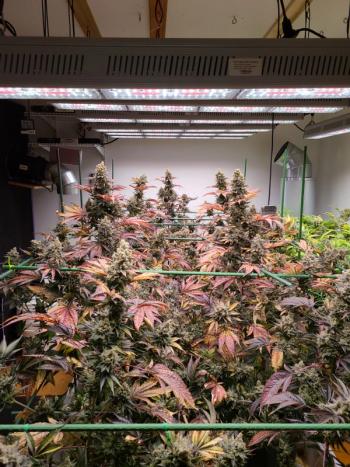
Soil, water, and nutrient compositions play important roles in one’s quest to produce ultrapremium flower material; but unequivocally, it is lighting spectrum, coverage, and penetration that have the most influence over the terminal outcome, particularly in controlled environment agriculture.
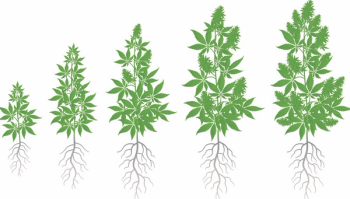
This article explores what we do and don’t know about the origins of Cannabis ssp. from a botanical perspective and outlines some of the hypotheses proposed to explain the “why” of cannabinoid production in plants and the approaches that researchers are taking to try and answer this elusive question.

Understand what information to gather for cultivation operations, which KPIs are important, and how to interpret a performance benchmark.

Learn tips about monitoring environmental conditions to further improve yields.

From setting up a grow to tracking each plant, a look at new cultivation technology solutions designed to both improve efficiencies and create more data analytics.
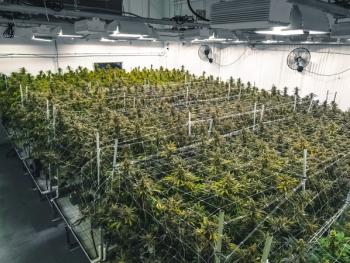
This article discusses the difficulties of reining in the intense energy use of the cannabis industry from the perspective of the most energy efficient state: Massachusetts.

Here we explore the role that terpenes play in plant immunity, defense, and signaling.
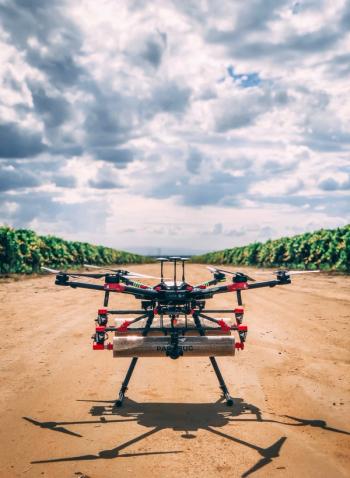
A closer look at the benefits of incorporating drone technology into commercial cannabis operations.

With grow light technology constantly advancing, Noah Miller, CEO of Black Dog LED, discusses the research behind grow light technology and its future in cannabis.

Here a scientifically based representative sampling plan for hemp grows is presented, detailing how to collect composite samples, how many to collect, and how to analyze them.

A novel mid-infrared spectrometer that measures total THC in dried, ground cannabis plant material in 2 min is discussed as well as the applications of this analyzer for law enforcement, forensic laboratories, and regulatory agencies.

Marguerite Bolt discusses the Purdue Hemp Extension Program, hemp cultivation, community education efforts, and more.
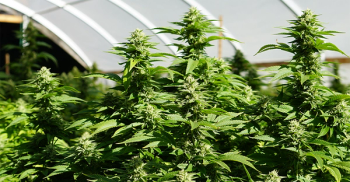
Dr. Arno Hazekamp discusses the formation of the new coalition as well as their goals, research, and education initiatives.
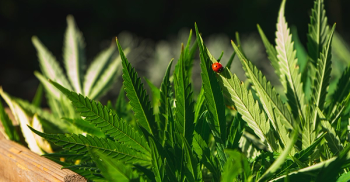
Todd Statzer, the Vice President of Environmental Sciences at urban-gro, offers some tips for pesticide use in cannabis cultivation.

A recent press release (1) announced the formation of a group called the Legal Cannabis Coalition (LLC), which consists of a dozen Dutch horticultural companies.
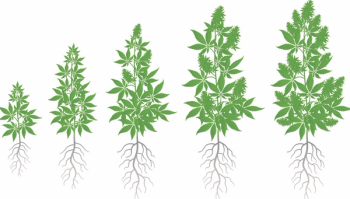
Here we discuss the ways in which chemical pesticides interact with plant physiology.

Let’s explore some options for growth substrates that are essential to the health of your plants.
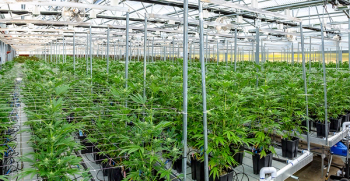
A closer look at how cannabis cultivation management platforms can track data for you and make recommendations based on intelligence and logic discerned from the numbers.
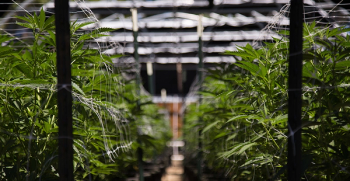
An interview with Todd Bell about the experiments and findings his group is working on with controlled atmospheres in cannabis cultivation.

Part I of this article series focuses on the physiology of heavy metal transport and translocation into and within plant tissues.

Zac Hildenbrand, Karan Kapoor, Autumn Karcey, and Roger Kern offer advice on the most important thing newcomers to cannabis cultivation need to learn.

Some of the most common pesticides monitored within the cannabis industry are examined here and the function and chemistry of these agents in cannabis pest control is broken down.

The Resource Innovation Institute (RII) recently published its Best Practices Guides on LED Lighting for Cannabis Cultivation and Controlled Environment Agriculture and HVAC for Cannabis Cultivation & Controlled Environment Agriculture.